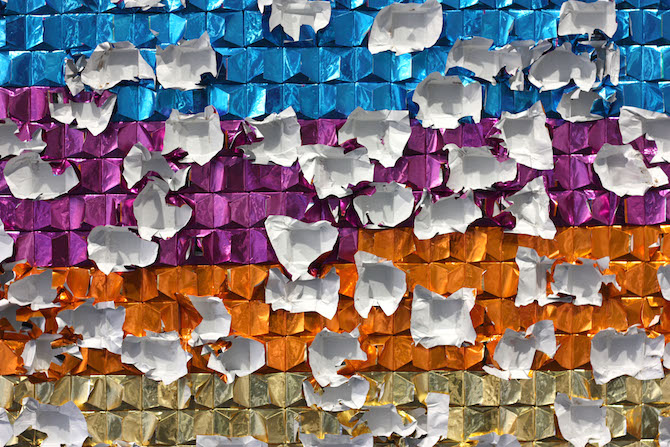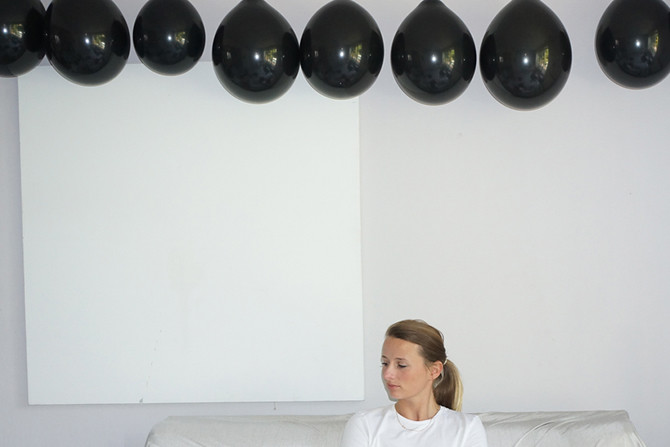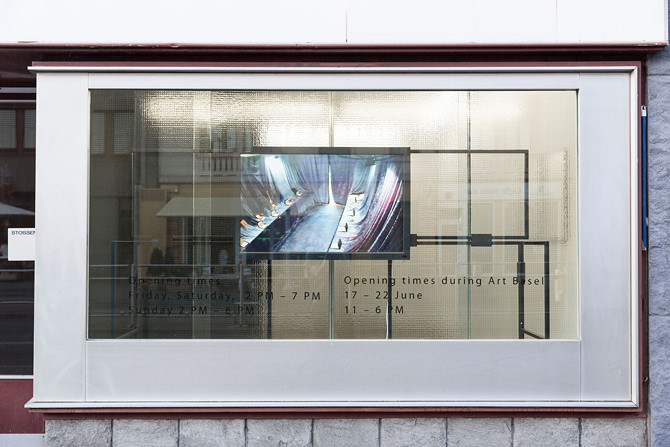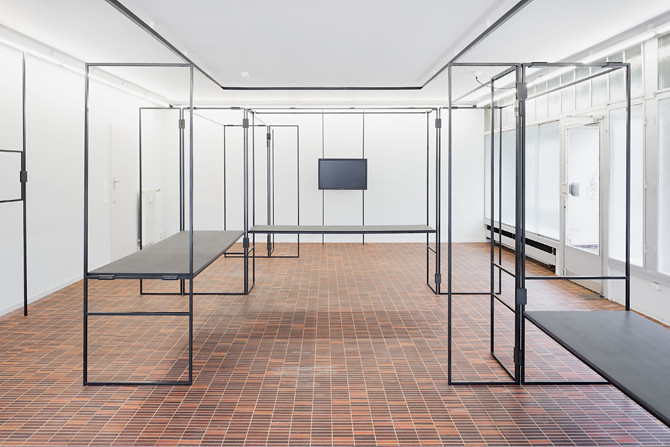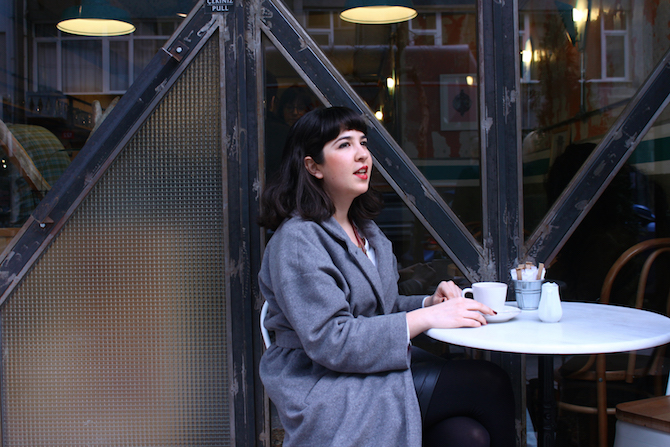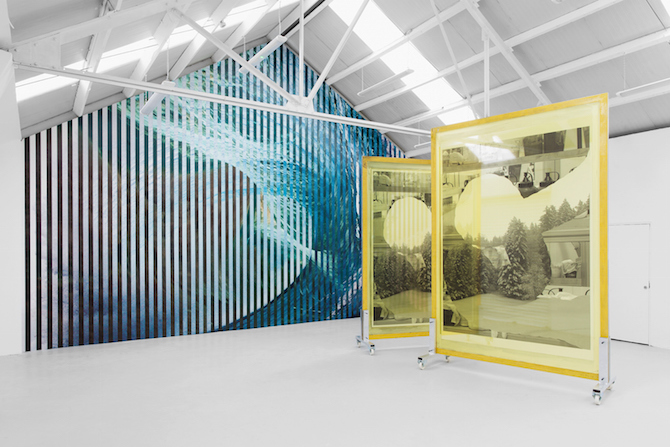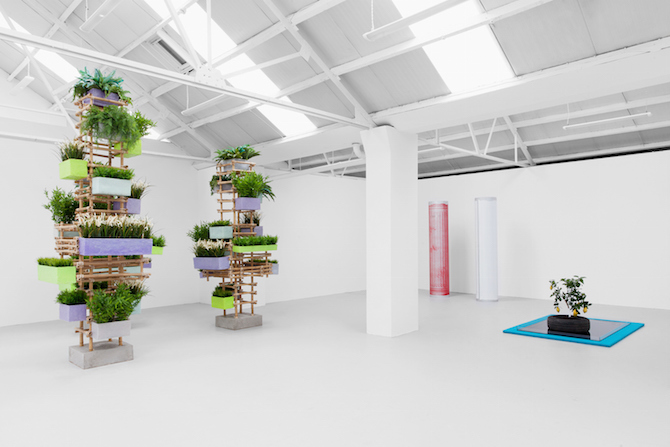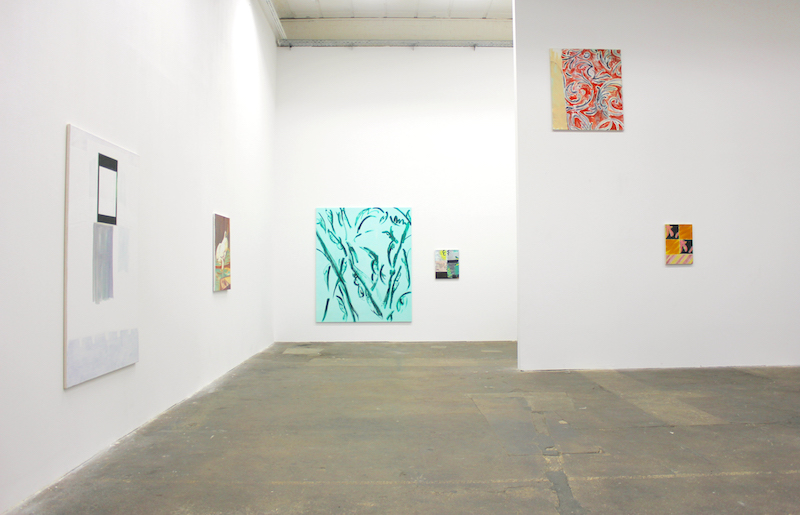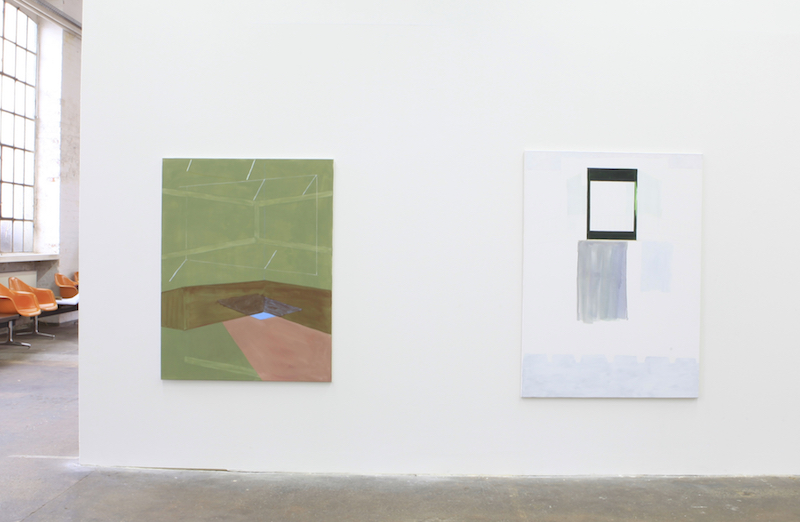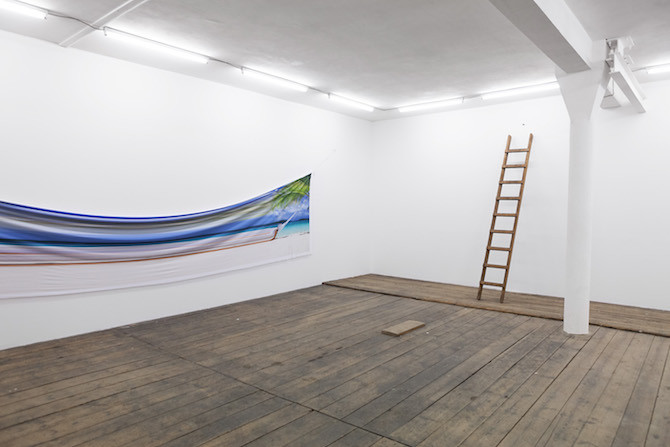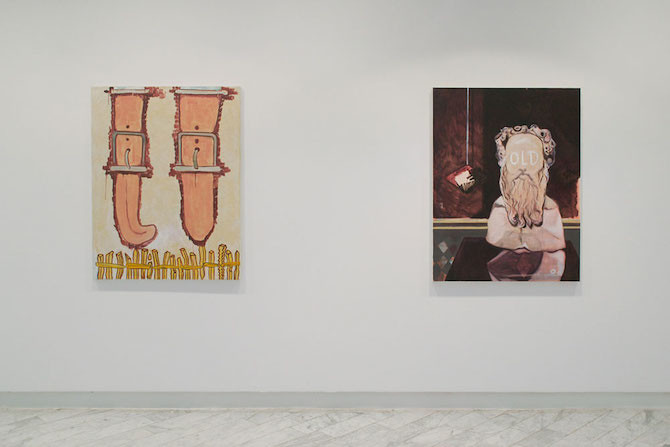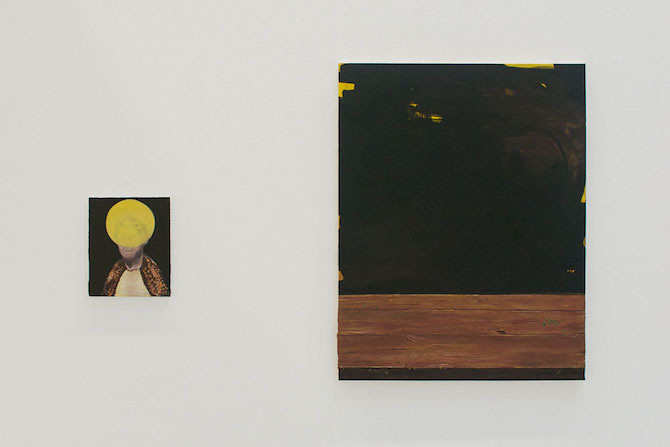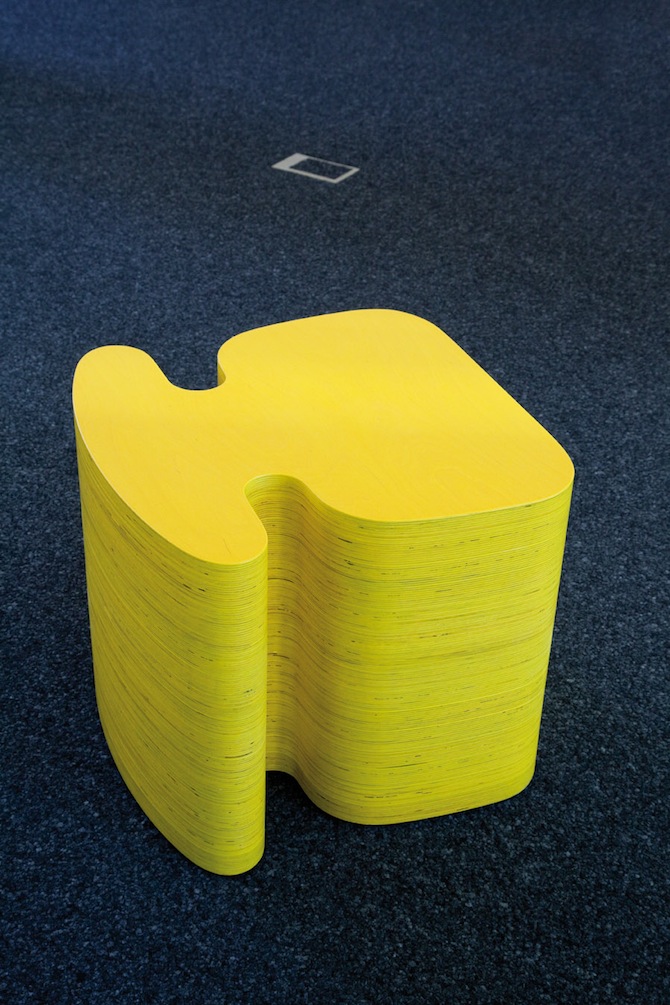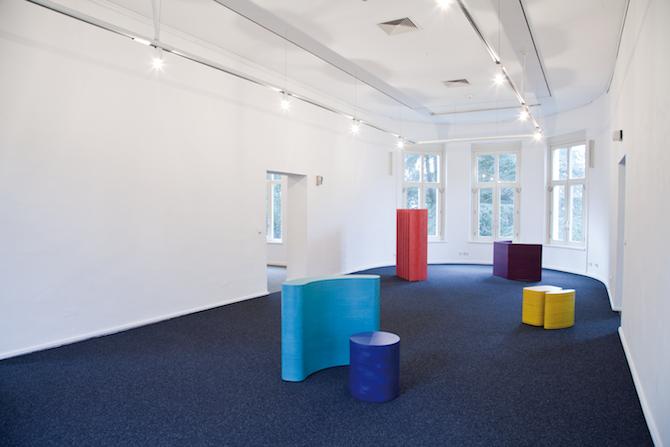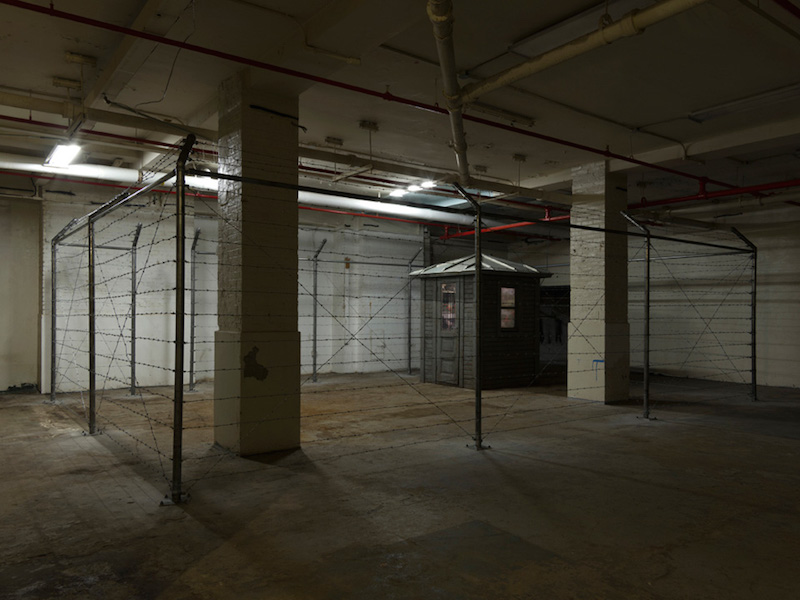 Installation by Hale Tenger "We didn't go outside; we were always on the outside. We didnt go inside; we were always on the inside 1995-2015", Galeri Nev, Istanbul, Green Art Gallery, Dubai, Protocinema, New York / photo © Vehbi Dileksiz
Installation by Hale Tenger "We didn't go outside; we were always on the outside. We didnt go inside; we were always on the inside 1995-2015", Galeri Nev, Istanbul, Green Art Gallery, Dubai, Protocinema, New York / photo © Vehbi Dileksiz
American Curator and art manager Mari Spirito is one of Istanbul's most active persons in art world, always organising different projects at the same time and traveling to a other countries frequently. Dedicated to encouraging careers for emerging artists and curators, she is currently the consultant for Art Basel's "Talks Program" and has previously lived in New York, where she was director at 303 Gallery. In 2011, Mari initiated her own project Protocinema – an art organisation that connects cities such as New York and İstanbul, through educational programs, exhibitions and various collaborations. One of her newest, self-initiated endeavours is the temporary exhibition series Proto5533: A collaboration between Protocinema and the Istanbul-based artist-run-space 5533, displaying emerging curators and artists. I met Mari in Istanbul's district Çukurcuma, where we had coffee on the rooftop of a historical building. She told me about Protocinema, its goals and why she chose Istanbul as a base.


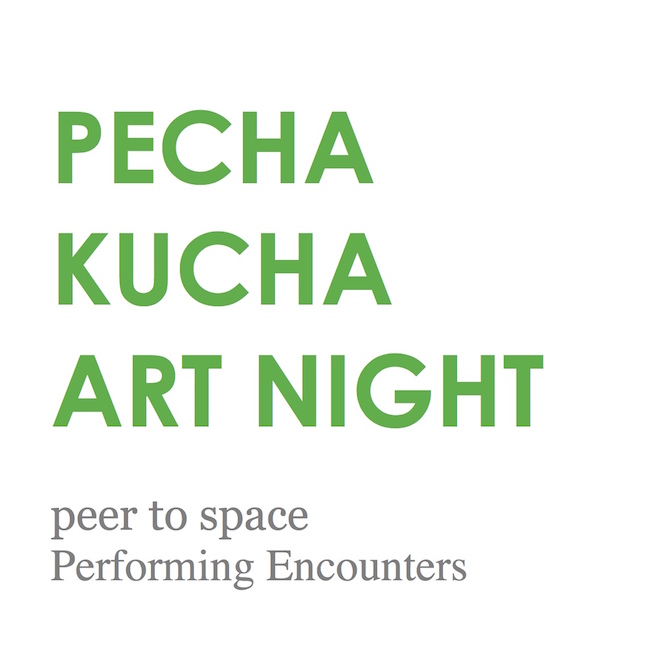


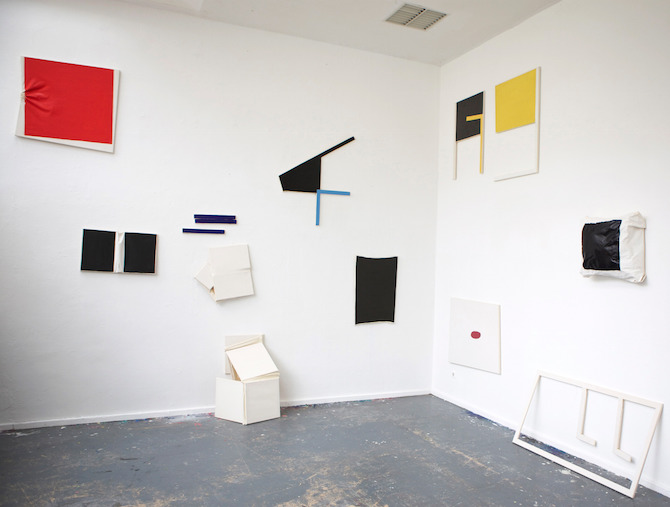
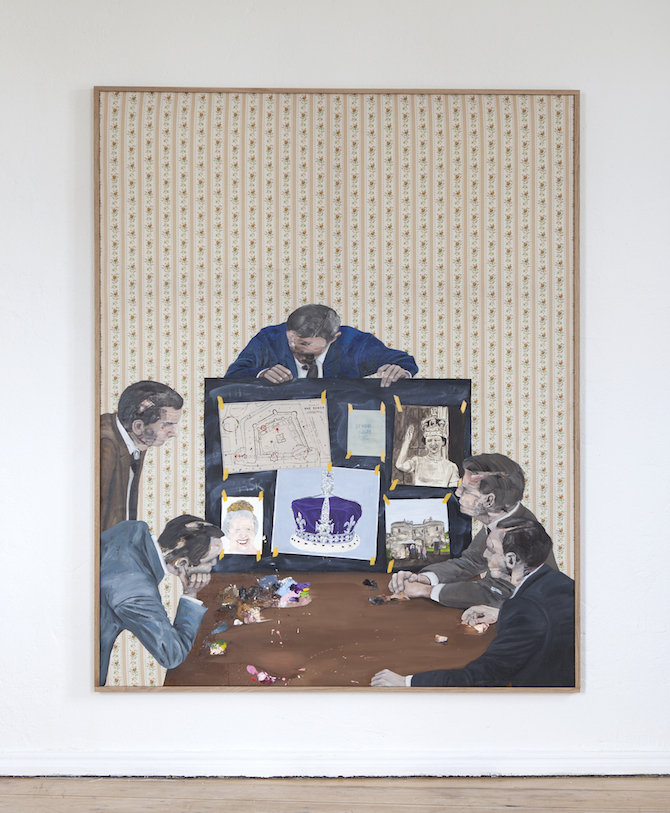
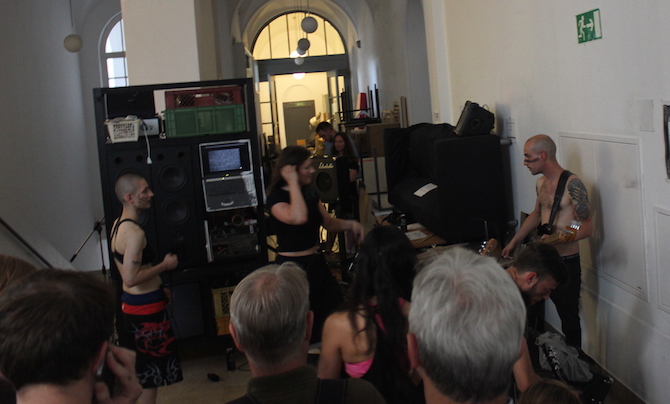
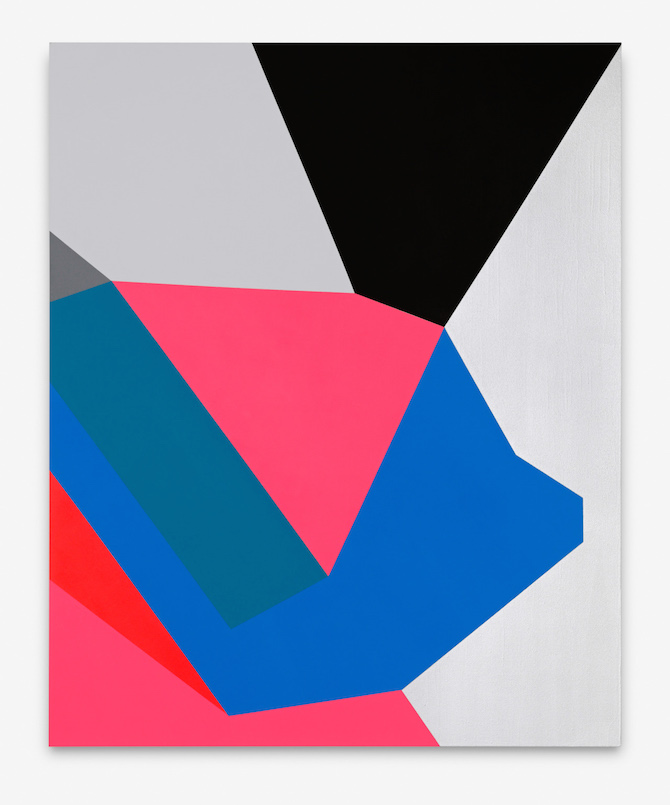
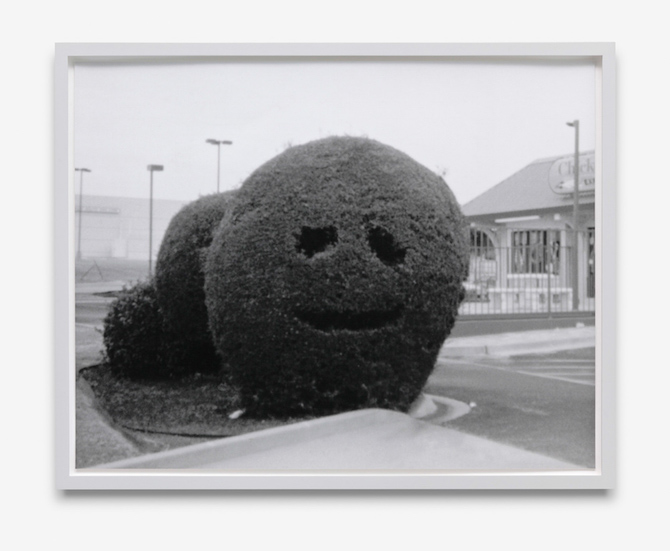
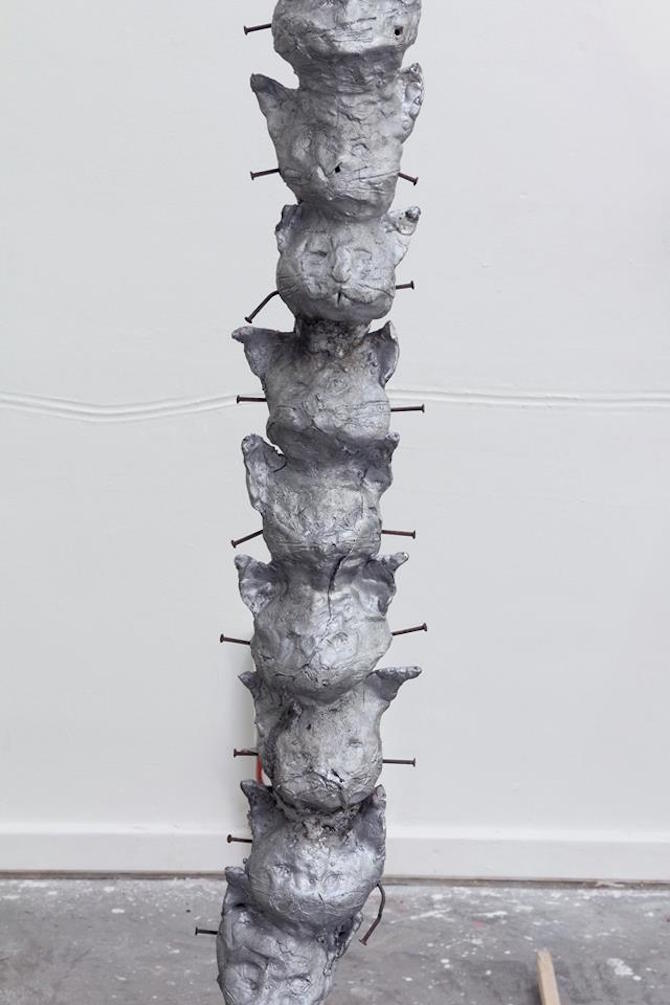

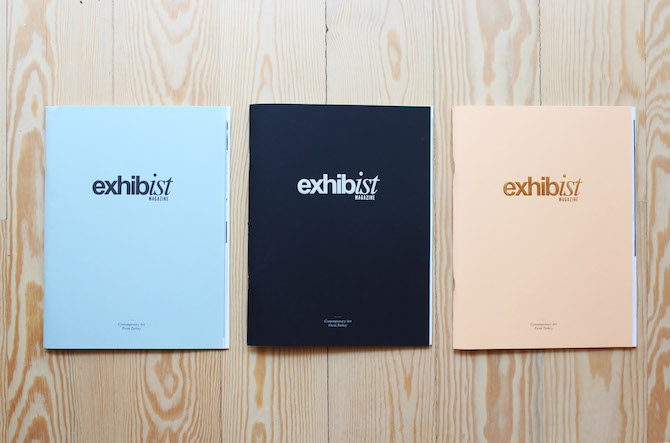
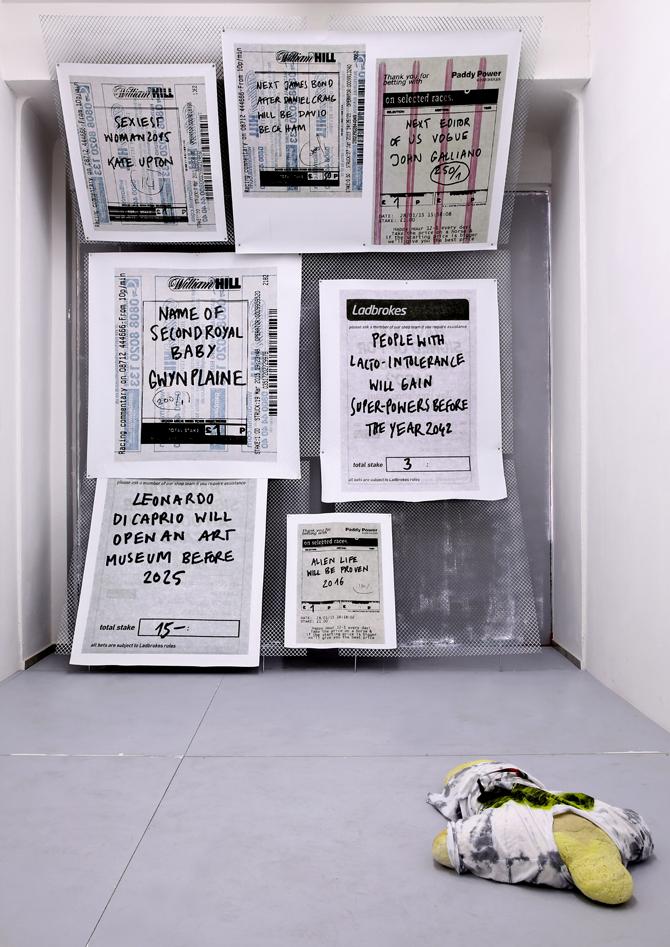
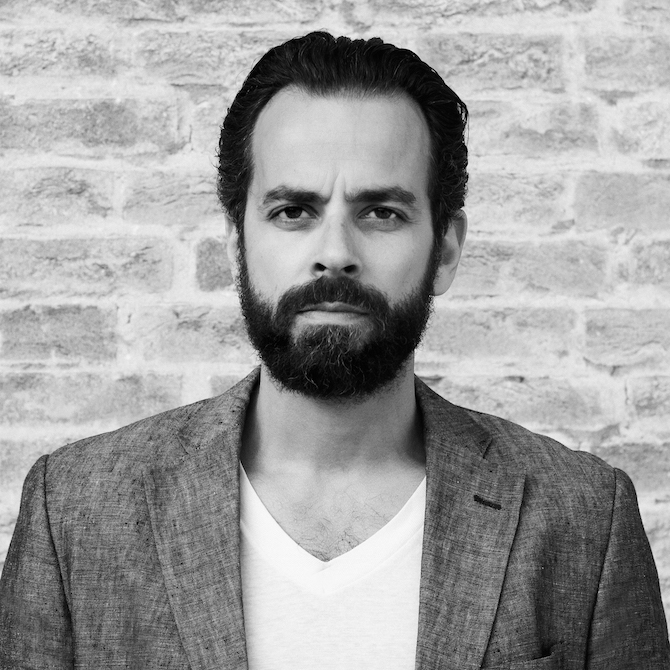

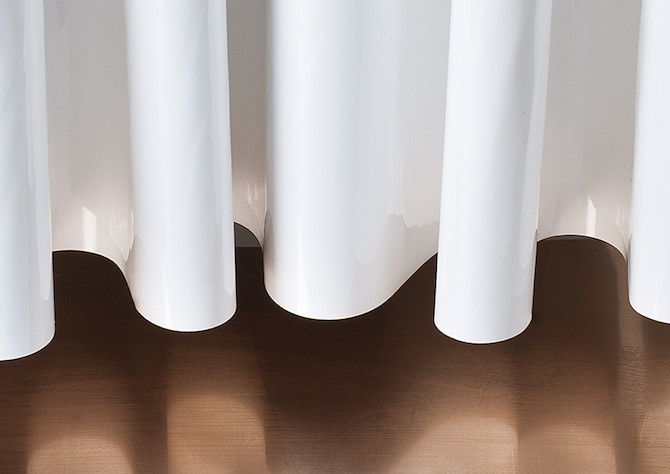
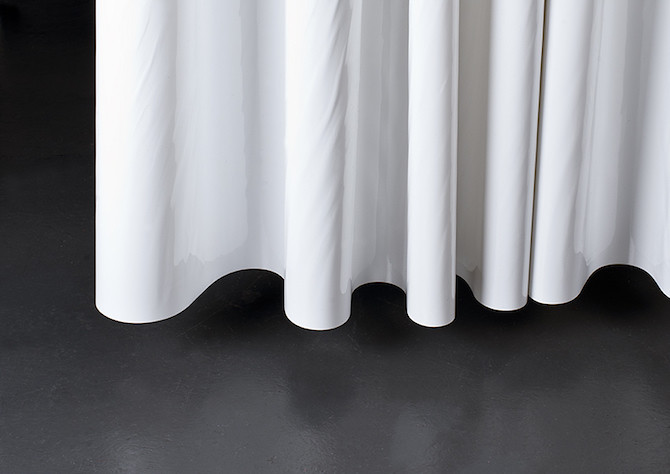

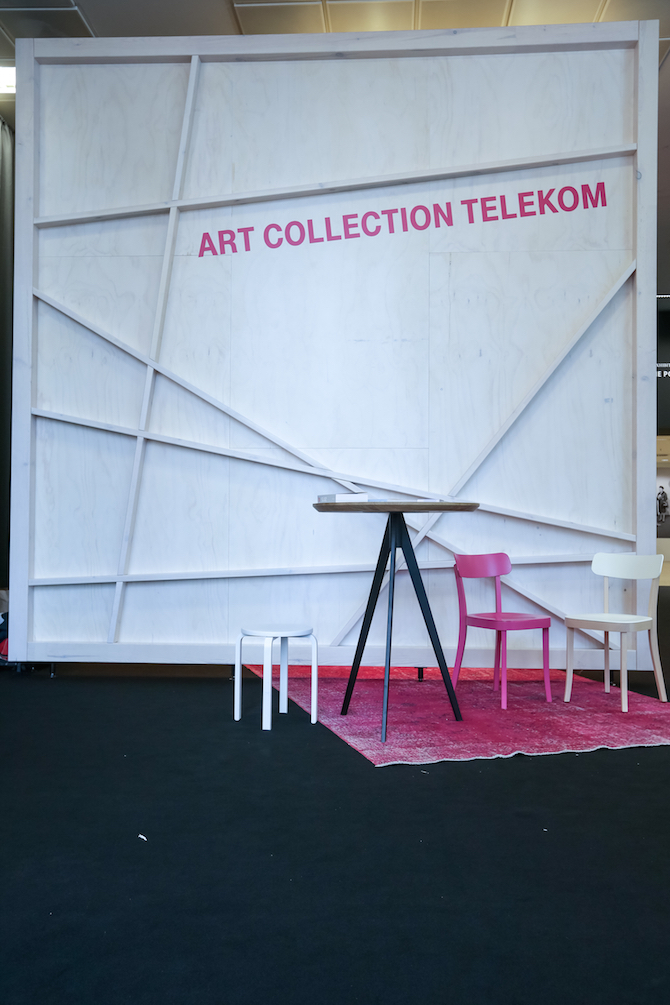
 Walter Dahn at booth Sprüth Magers, Berlin, London
Walter Dahn at booth Sprüth Magers, Berlin, London
 Rose Eken at booth The Hole, NY and V1 Gallery, Copenhagen
Rose Eken at booth The Hole, NY and V1 Gallery, Copenhagen
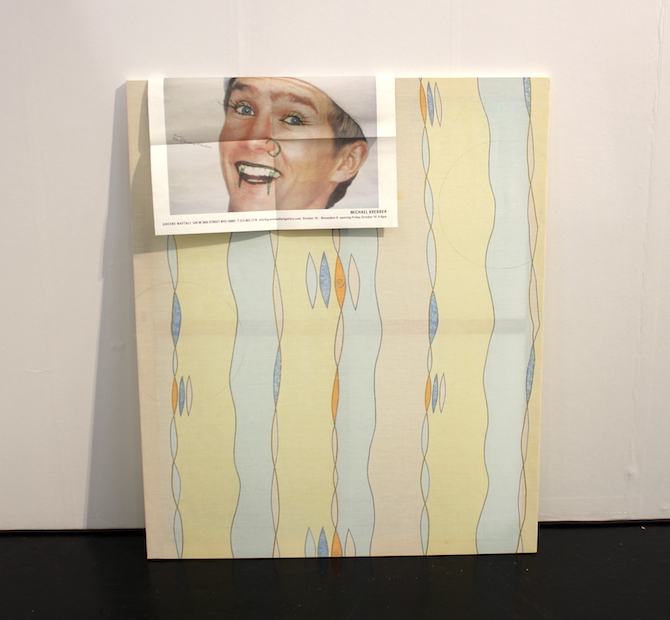 Michael Krebber at booth Galerie Nagel Draxler, Köln, Berlin; all works © and courtesy the artists and galleries; photos © artfridge
Michael Krebber at booth Galerie Nagel Draxler, Köln, Berlin; all works © and courtesy the artists and galleries; photos © artfridge